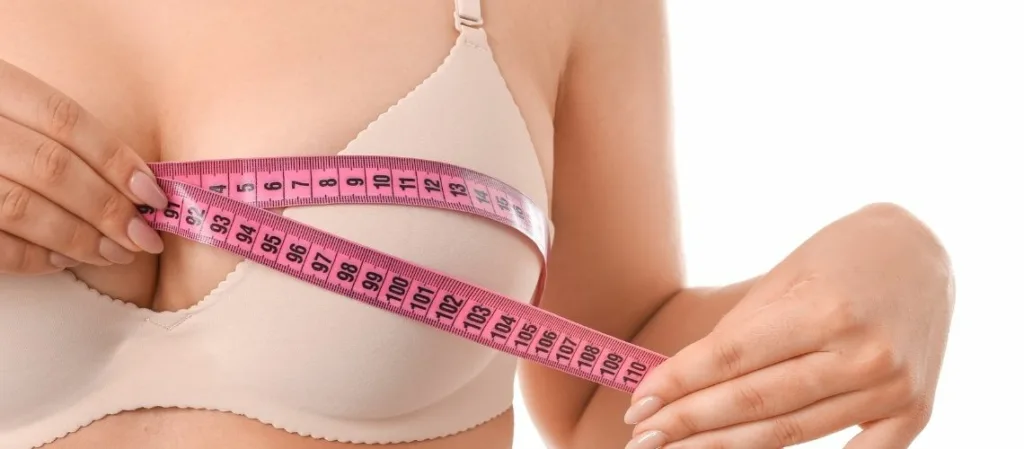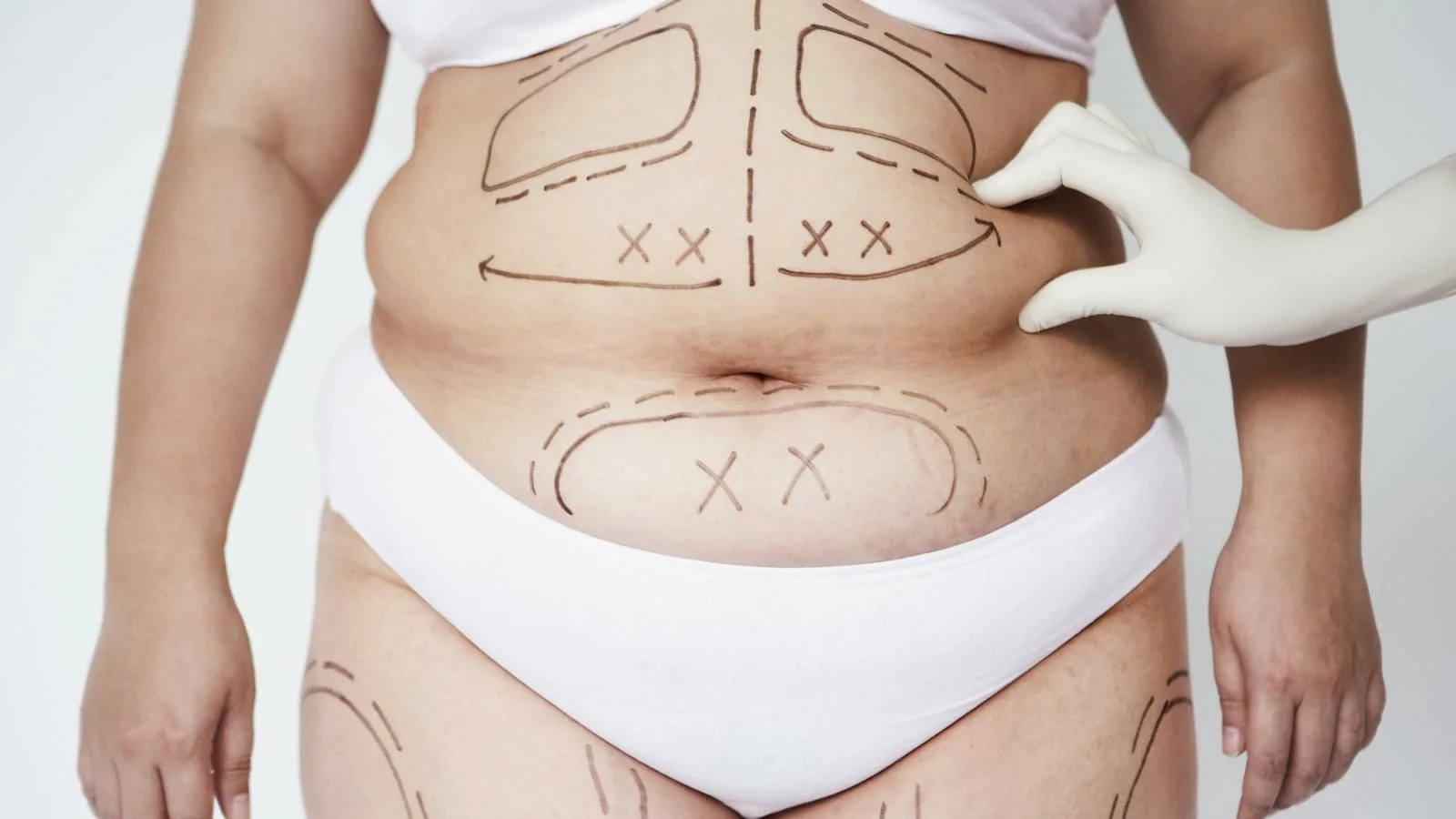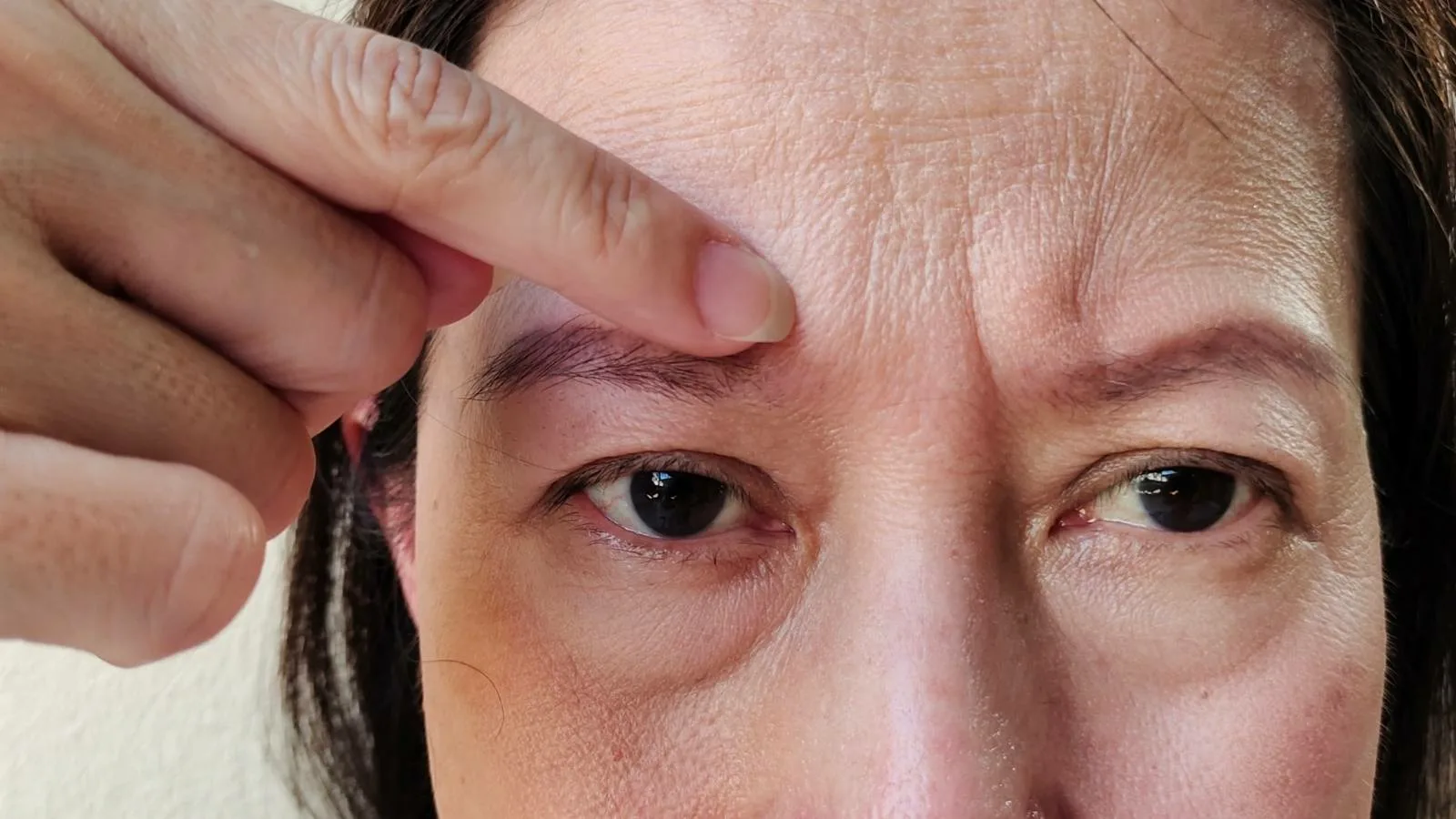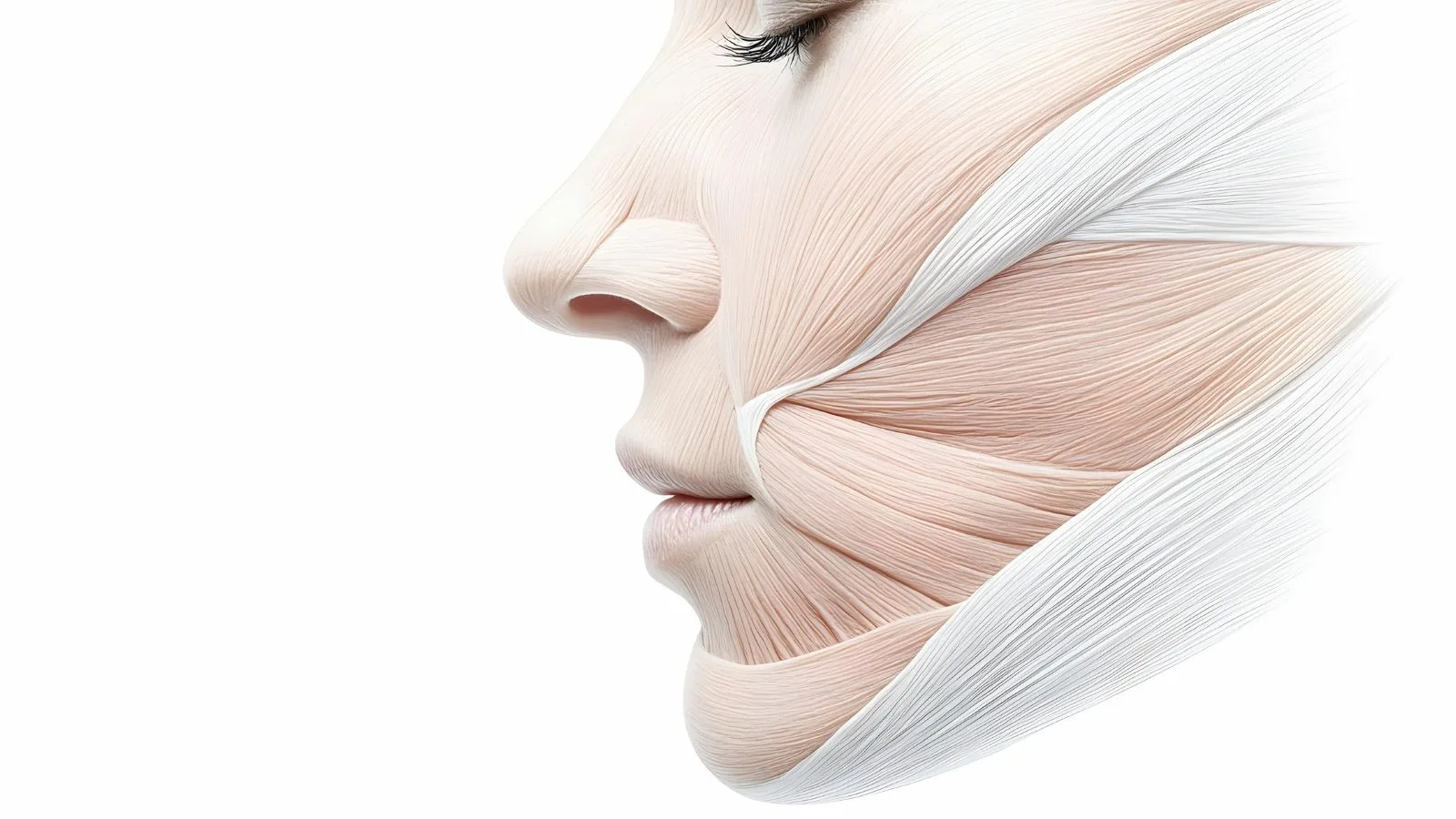It is normal to have slightly different sized breasts, as natural asymmetry exists in most individuals. However, significant differences may cause aesthetic or psychological concerns.
Mild asymmetry can be addressed with padded bras or fat transfer techniques. These provide subtle corrections without the need for major surgical intervention.
Breast augmentation, reduction, or lift can correct more noticeable differences. These procedures aim to achieve proportional balance and improve overall body harmony.
Hormonal changes, pregnancy, or weight fluctuations can also affect breast symmetry over time. Regular check-ups and personalized treatment plans ensure safe and satisfactory results.
Why do we have different breast sizes?
Every woman is born with a unique “architecture” of the breast. Breasts are actually made up of fatty tissue, milk glands and supporting connective tissue. Imagine building the same building with different bricks and amounts of mortar; the resulting structures may all be houses, but differ in size, floor plan and appearance. In the breasts, the distribution of fat, the amount of glandular tissue and the density of connective tissue varies from person to person.
In some women, genetic factors are dominant. If there is a family history of breast asymmetry in close relatives such as grandmothers, mothers or aunts, a similar difference may be seen in subsequent generations. For example, if your family has a high proportion of tall women with large breasts, you are more likely to have a similar body shape. The same applies to breast asymmetry.
Hormonal factors are also very decisive. Hormone levels change during life stages such as puberty, menstrual cycle, pregnancy, breastfeeding and menopause. In particular, hormones such as estrogen and progesterone cause breast tissue to grow or shrink, which can make breast size differences more visible during these periods. For example, some women experience breast tenderness, swelling or shape changes before menstruation. Since this process is usually cyclical, the changes may disappear when the menstrual period ends.
In addition, during the growing age, i.e. puberty, the development of the breasts may not be synchronized. This means that one breast may grow faster or slower than the other. Sometimes this as ymmetry is permanent, and sometimes the difference decreases as the body develops.
From a medical point of view, rare conditions such as “Poland Syndrome” can also cause chest asymmetry. In this syndrome, the chest muscle and tissue on one side may be missing or underdeveloped. However, such special conditions are usually recognized in childhood and are often accompanied by other symptoms. Therefore, the majority of asymmetries seen in the general population are due to normal anatomical and hormonal differences rather than such rare syndromes.
Is Asymmetry Normal During Puberty?
Adolescence is a time of great physical and mental transformations. The levels of hormones such as growth hormones, estrogen and progesterone change rapidly. During this period, leg length increases, the shape of the buttocks changes and the breasts begin to “bud”. By mid to late puberty, the breasts are approaching adult size, but not all girls develop at the same rate.
If one breast grows faster than the other during this development, there may be a marked asymmetry that a young girl can recognize in the mirror. Sometimes this is temporary and after a few years the slower growing breast catches up. But sometimes the asymmetry is somewhat permanent. This permanent asymmetry is not necessarily a health threat. It can only cause aesthetic concern. Since body perception is very sensitive, especially during puberty, young girls can be very concerned about this difference.
Let’s clarify asymmetry during puberty with a few examples. Let’s say a 12-13 year old girl’s left breast grows significantly faster than her right breast. This may decrease until the end of puberty as the right breast also develops, and may eventually become close in size. Sometimes the difference is never completely closed. In both cases, the person’s general health is usually not affected. As long as the degree of asymmetry is not too great, it does not become a serious problem in daily life or later in life.
On the other hand, it is important for parents to establish open communication with their children during this period. Since body perception and self-confidence building are critical in adolescence, issues such as breast asymmetry can shake a young person’s self-confidence. The best thing to do is to explain that this difference is largely normal and can change over time. If necessary, a specialist can be consulted to check if there is a different underlying condition. It may be worth consulting a pediatric endocrinologist or a pediatric surgeon, especially if there is a very obvious asymmetry or if the course of breast development seems different than expected.
How do hormonal changes affect breast asymmetry?
The female body experiences hormonal storms at almost every stage of life. Puberty, the menstrual cycle, pregnancy, breastfeeding and menopause are special times when hormones fluctuate and are reflected in many organs, including the breast. For example, estrogen and progesterone levels fluctuate throughout the menstrual cycle. In the first half of the cycle, estrogen increases, which can cause a slight swelling and tenderness of the breast tissue. In the second half, progesterone kicks in, which can also cause different changes in the breast.
Breast asymmetry can be affected by these hormonal fluctuations in several ways. The first is that sometimes the two breasts do not respond at the same rate. For example, the left breast may respond slightly more to estrogen, while the right breast may not respond as much. This may make a temporary difference, but will return once the menstrual cycle is over. The second is long-term hormonal imbalances. In some hormonal disorders, such as polycystic ovary syndrome (PCOS), the estrogen-progesterone balance in the body can be disturbed. This can lead to abnormal growth, shrinkage or shape changes in the breast tissue. When the difference is not evenly distributed between the two breasts, the asymmetry becomes more visible.
Pregnancy and breastfeeding periods also affect the breasts. With the increase in estrogen, progesterone and prolactin hormones during pregnancy, breasts are prepared for milk production. At this time, one breast may produce more milk or grow faster than the other. Especially during breastfeeding, if the baby prefers one breast more, this breast may produce more milk and be larger in volume because it is more actively stimulated. Pregnancy and breastfeeding can therefore lead to a marked asymmetry in breast size.
During menopause, estrogen levels drop. This leads to a decrease in breast tissue compared to fat tissue, loss of skin elasticity and loss of volume. Again, the two sides may not experience this process equally; one may lose a little more tissue. As a result, small asymmetry may appear even during this period, or if it is already present, it may become more pronounced.
Can breast asymmetry be a symptom of a disease?
Generally speaking, mild or moderate breast asymmetry is most often benign and does not suggest a medical problem. However, there are some signs that are cause for concern and should not be ignored. Our body often sends us signals, as long as we know how to see them and interpret them correctly.
If there is suddenly a marked difference between the breasts, or if a small asymmetry that has been present for a long time has become more obvious in a short period of time, it is worth paying attention. This should not be neglected, especially if one of them suddenly begins to enlarge or harden, if the skin surface shrinks, collapses, redness, swelling, increased temperature or pain is felt when touched. In addition, if there are lymph node swellings in the armpit area, a more meticulous examination is necessary.
Breast cancer is one of the most feared scenarios. Symptoms such as unilateral mass formation, peau d’orange (orange peel) on the skin or inverted nipple may be a warning sign. However, it should not be forgotten that many benign breast conditions (fibrocysts, fibroadenomas, etc.) can also cause asymmetry and changes in the shape of the breast. Therefore, it is important to undergo a good medical examination and, if necessary, imaging methods (ultrasound, mammography, MRI) instead of being frightened.
This is where the concept of “developing asymmetry” comes into play. Developing asymmetry is a category that doctors pay attention to in medical scans. It is when a difference that used to be absent or very small in size grows over time to become a clear asymmetry. In such a case, the possibility of an underlying cyst, tumor or other tissue abnormality is considered. For this reason, specialists perform regular check-ups and screening examinations to detect possible changes early.
Doctors usually recommend closer follow-up if you have a known mass in your breasts or if you have close relatives (mother, aunt, sister) with a history of breast cancer at a young age. In these cases, if there is an increase in asymmetry or other symptoms in the breasts, an examination will be performed immediately.
Does asymmetry increase during breastfeeding?
Many mothers who are expecting a baby or have recently given birth may be surprised by the change in their breasts and say, “My breasts have started to get different sizes as I breastfeed”. Indeed, the breastfeeding period is a time when the breasts change a lot due to hormones and milk production. Asymmetry can be exacerbated when one breast produces more milk than the other, when the baby prefers one side more than the other, or when the mother works on one side with a breast pump.
For example, your baby may be more willing to suck on one breast. In this case, that breast will receive more stimulation and milk production will be more intense on that side. As a result, the breast that is actively breastfeeding may appear fuller and larger than the other. This difference can be even more pronounced if the baby rejects the other breast because of the breastfeeding position or, conversely, because of the feeling of comfort.
Some mothers consciously try to reduce this difference between the breasts by breastfeeding the baby on both sides for the same amount of time. If you have a baby who prefers one side, it may be a good idea to pump milk in between to stimulate the less preferred breast. This way, the asymmetry can be relatively balanced, as both sides will receive a similar amount of stimulation.
When breastfeeding ends and milk production decreases, the breasts usually partially return to their original size. However, like your whole body, it is possible that your breasts may not completely return to their pre-pregnancy size. In addition, as the breast skin and connective tissue structure stretches to different degrees during this process, a slight sagging or change in shape may be observed. This is perfectly normal and if you have asymmetry, it may continue in the same way or decrease slightly. Every woman experiences this process differently; therefore, it is not correct to look for a certain “standard”.
When Should I Consult a Doctor?
If the asymmetry of your breasts has been noticeable for some time, it is natural to wonder what is causing it. Although in most cases there is nothing to worry about, there are some specific signs that should alert you to visit your doctor. So, what are those signs?
- Rapid Change: If one of your breasts has grown significantly or changed shape in a few months or in a very short time, this should not be ignored. Rapid growth or hardening, although rare, may indicate an underlying tumor or cyst.
- Pain and tenderness: If you experience persistent or severe pain, especially outside of your menstrual period, and the pain is asymmetrically concentrated in one breast, a medical examination is important. Pain can be a sign of inflammation, infection or other pathology.
- Skin Changes: Skin shrinkage, orange peel, redness, peeling or scar-like changes on or around the breast may be a sign of a serious underlying problem. In this case, you should consult a physician immediately.
- Nipple changes: It is important to note that the nipple may suddenly retract, crust, change color or discharge (bloody or clear). These symptoms can also make breast asymmetry more noticeable.
- Family History: If you have a family history of breast cancer or another breast condition at a young age, you should take changes in your breasts more seriously and keep regular check-ups.
- Lymph node swelling: Swelling in the armpit or around the collarbone can be a warning sign of serious breast-related conditions.
If you experience any of these symptoms, consulting a general surgeon or obstetrician-gynecologist is usually the first step. If necessary, the specialist will refer you to a breast surgeon, endocrinologist or radiology unit for a comprehensive examination. Imaging methods such as ultrasound, mammography and magnetic resonance imaging (MRI) can be used to examine the tissue structure of the breast in detail. If a suspicious mass is detected, additional procedures such as biopsy may be considered.
What are the Surgical Options?
For some women, resorting to surgical methods to correct breast asymmetry can have very satisfying results. Especially if the difference in size and shape between the two breasts is very pronounced, surgery usually offers a permanent and satisfactory solution.
- Breast Augmentation: If you want to enlarge a small breast, implants filled with silicone or saline (salt water) can be used. The size difference is balanced by the implant placed on the smaller side. The advantage of this method is permanence, but the life of the implant material is considered to be 10-15 years and re-intervention may be required in the future.
- Breast Reduction (Reduction): If one breast is significantly larger than the other and even causes physical problems such as pain, back and back discomfort, reducing the larger breast is an option. This is done by removing excess tissue and skin. As a result, both breasts have a more harmonious appearance.
- Mastopexy (Breast Lift): The aim here is to eliminate the sagging or position difference between the two breasts. If one breast is sagging more, lift surgery is performed on that side. Excess tissue is removed and the nipple is positioned aesthetically. In some cases, mastopexy can be combined with augmentation or reduction surgery.
- Fat Injection (Lipofilling): Fat tissue taken from another part of the patient’s body (e.g. abdomen or legs) can be injected into the chest after being processed. Mild or moderate asymmetries can be corrected with this method. The advantage is that the patient’s own tissue is used. However, some of the injected fat is absorbed by the body, so the exact amount of permanence may vary from patient to patient.
- Correction of the Nipple (Nipple-Areola Complex): In some cases, the asymmetry is mainly related to the location, size or shape of the nipple. In this case, the nipples can be made symmetrical with a more limited surgical procedure.
Of course, all these procedures should be evaluated by a specialized plastic surgeon. The surgeon considers the breast volume, skin elasticity, position of the nipple and the patient’s expectations before the operation. Thus, a personalized planning is made.
Do My Daily Habits Affect Breast Asymmetry?
Some of our daily habits may have an indirect effect on the shape and size of our breasts. These include weight gain and loss, diet and exercise routine. Since part of the breast tissue is made up of adipose tissue, sudden changes in weight can cause fluctuations in breast size. For example, when you lose weight slowly and healthily, your breasts shrink proportionally. However, sometimes one side may respond faster to fat loss. Similarly, rapid weight gain can obscure or increase asymmetry in some women.
Poor posture can also affect how the breasts look from the outside. For example, sitting hunched over at a desk for long hours can push the shoulders forward and change the shape of the rib cage. This can make one side appear higher or lower. Noticing that the difference diminishes when you stand up straight actually indicates that this asymmetry is partly due to posture.
Bra selection is also important. The wrong size or a bra with insufficient support can prevent the breast from being carried properly and can contribute to sagging or asymmetry in the long term. It is important not to say “so what if it is one size bigger?”; the bra size should fit both the chest circumference and the cup size. Especially when doing sports, it is recommended to use a sports bra. Otherwise, the breast tissue may move excessively during high-paced exercises, causing the ligaments to stretch and deform over time.
Habits such as alcohol and smoking negatively affect health in general, as well as skin elasticity and tissue regeneration. The skin of smokers ages faster, which can lead to sagging breasts and increased asymmetry. Eating a balanced diet and drinking plenty of water helps to keep the skin and tissues healthier. In addition, various vitamins and minerals can strengthen the body’s connective tissue and help the breasts look fresher.
What Should I Pay Attention to in Breast Care?
Breasts are a special area with thin skin and different tissues underneath. For this reason, it is useful to be a little more attentive in matters such as skin care, selection of supportive underwear and regular check-ups.
- Regular Self-Examination: It is recommended that every woman perform breast self-examination once a month (preferably in the first week after the end of her menstrual cycle). This should look for any palpable hardness, abnormal swelling or tenderness of the breast tissue. Visual examination in front of a mirror is also an ideal method to notice if the asymmetry has changed.
- Moisturizing and Massage: Since the skin in the breast area is thin, it can dry out quickly. A light massage with moisturizing creams or natural oils after showering helps to keep the skin supple. Regular moisturizing, especially during pregnancy and breastfeeding, can also reduce the formation of stretch marks.
- Choosing a Suitable Supportive Bra: Wearing a bra in the right size and with the appropriate support in daily use provides better breast support. When playing sports, wearing specially designed sports bras prevents excessive jarring and unnecessary stretching of the connective tissue.
- Sleeping Position: The habit of sleeping on your stomach can put unnecessary pressure on the breasts. Of course, this is not the main cause of asymmetry, but it can have a long-term effect on the shape and posture of the breasts. It is considered healthier to sleep on your back or side with a comfortable pillow support.
- Sun Protection: The cleavage area can show signs of staining and premature aging when exposed to the sun. Using sunscreen with an SPF of at least 30 protects this area in summer or when wearing revealing clothing. Protecting the skin structure can make the difference in the shape and tone of the breasts less obvious in the long run.
- Regular Medical Check-ups: Especially if you are 40 years of age or older, it is important to have mammography screening at the intervals recommended by your doctor. Depending on your family history or personal risk factors, these checks can start at an earlier age. Early diagnosis is of life-saving importance in breast health.

Op. Dr. Erman Ak is an internationally experienced specialist known for facial, breast, and body contouring surgeries in the field of aesthetic surgery. With his natural result–oriented surgical philosophy, modern techniques, and artistic vision, he is among the leading names in aesthetic surgery in Türkiye. A graduate of Hacettepe University Faculty of Medicine, Dr. Ak completed his residency at the Istanbul University Çapa Faculty of Medicine, Department of Plastic, Reconstructive and Aesthetic Surgery.
During his training, he received advanced microsurgery education from Prof. Dr. Fu Chan Wei at the Taiwan Chang Gung Memorial Hospital and was awarded the European Aesthetic Plastic Surgery Qualification by the European Board of Plastic Surgery (EBOPRAS). He also conducted advanced studies on facial and breast aesthetics as an ISAPS fellow at the Villa Bella Clinic (Italy) with Prof. Dr. Giovanni and Chiara Botti.
Op. Dr. Erman Ak approaches aesthetic surgery as a personalized art, tailoring each patient’s treatment according to facial proportions, skin structure, and natural aesthetic harmony. His expertise includes deep-plane face and neck lift, lip lift, buccal fat removal (bichectomy), breast augmentation and lifting, abdominoplasty, liposuction, BBL, and mommy makeover. He currently provides safe, natural, and holistic aesthetic treatments using modern techniques in his private clinic in Istanbul.









